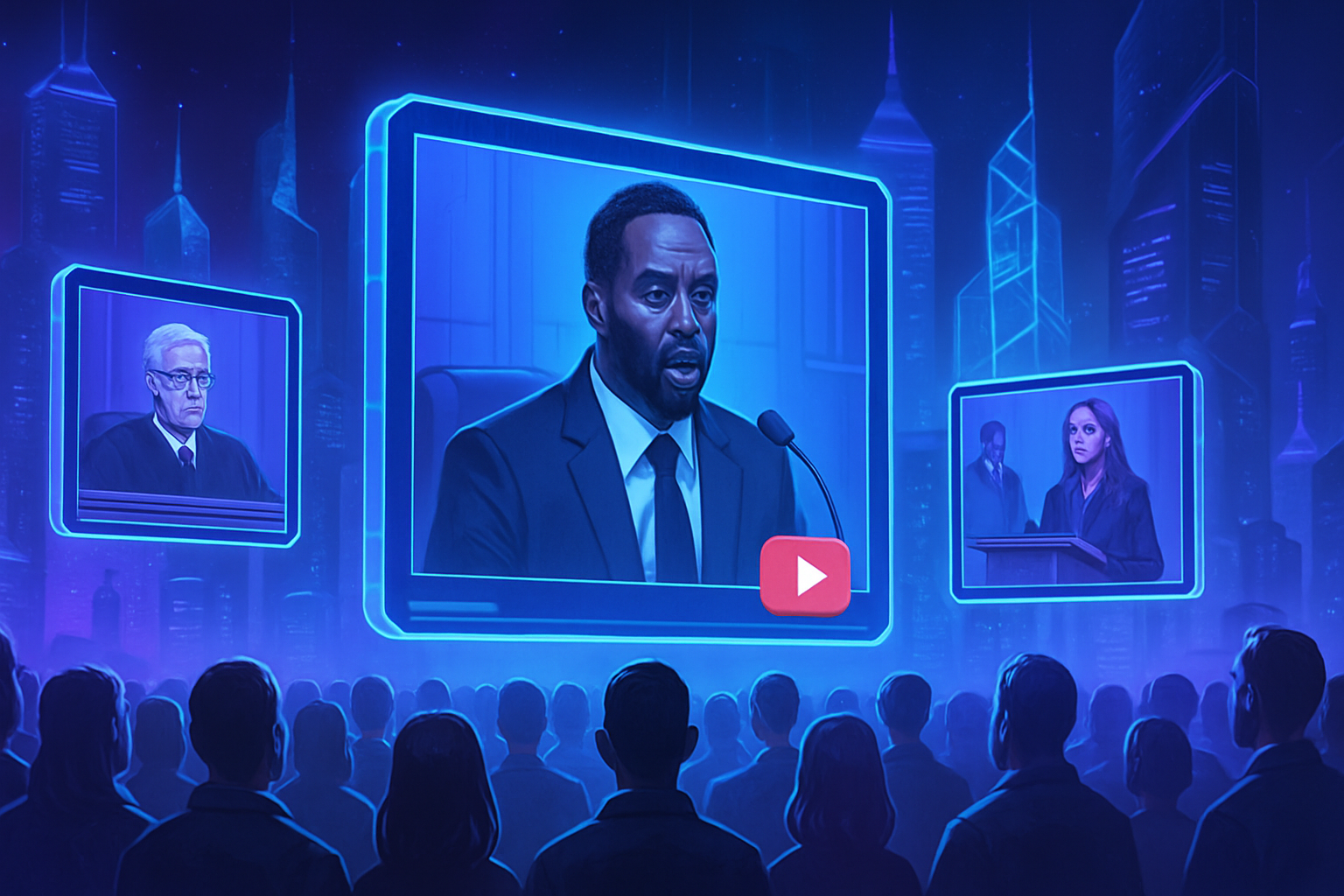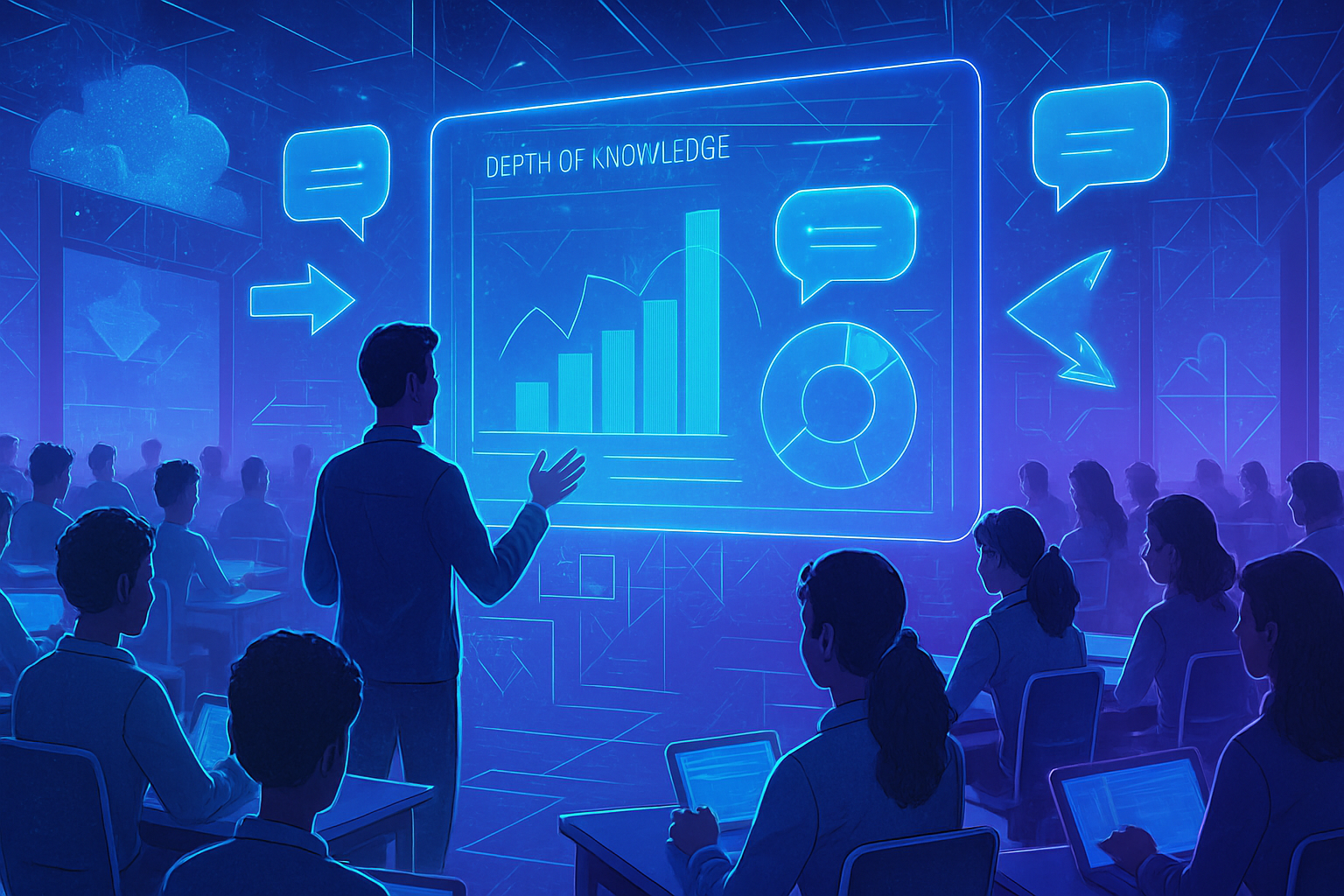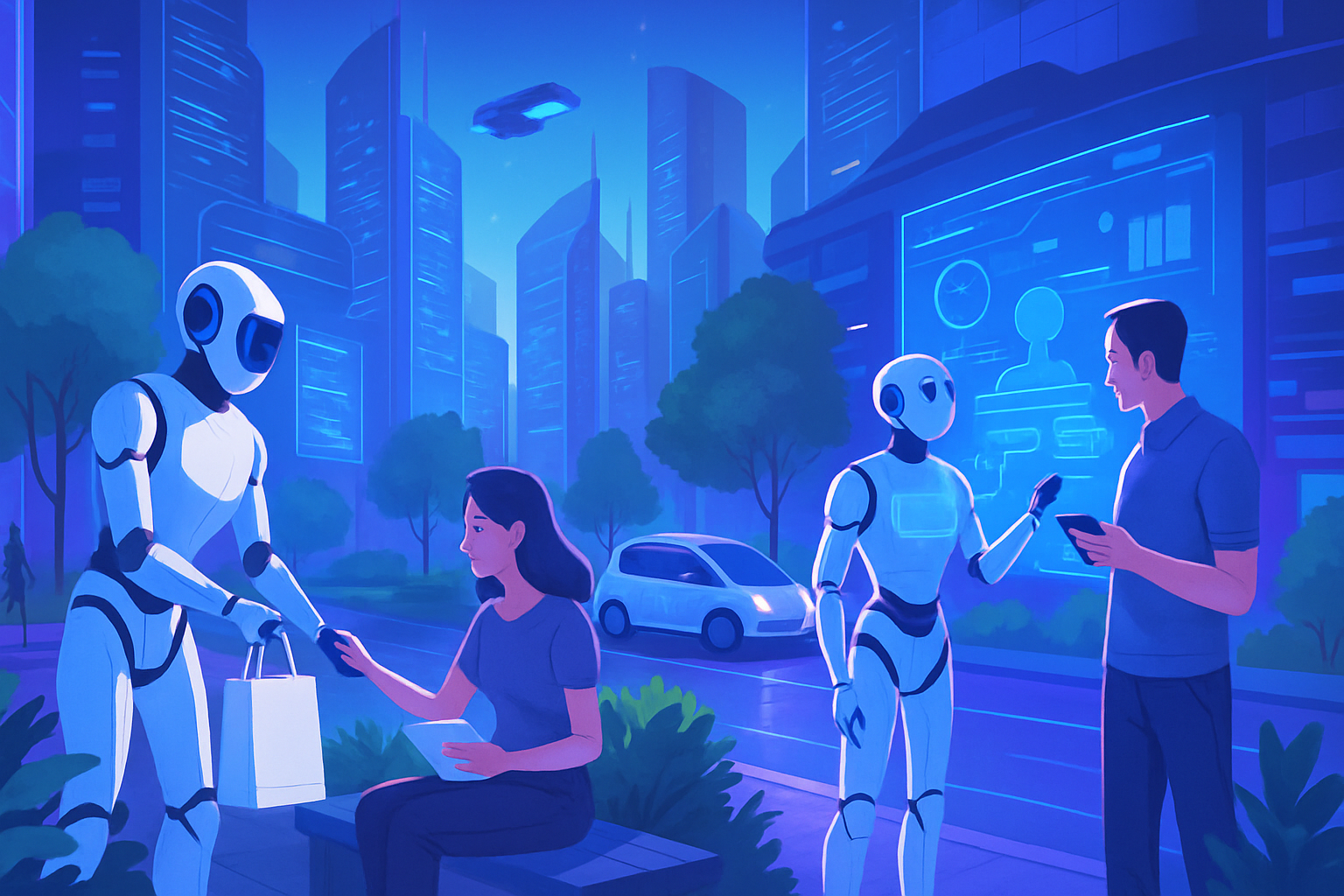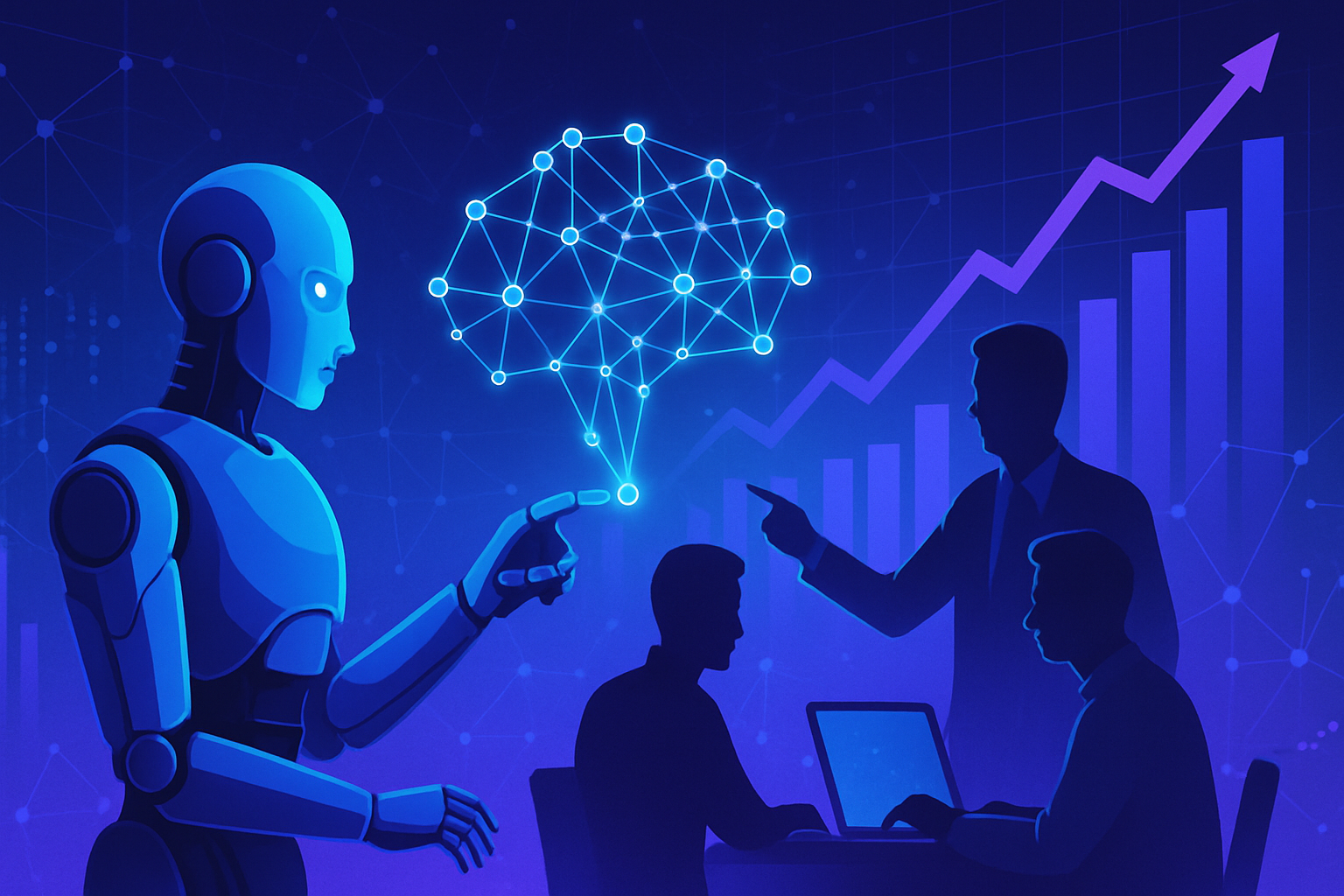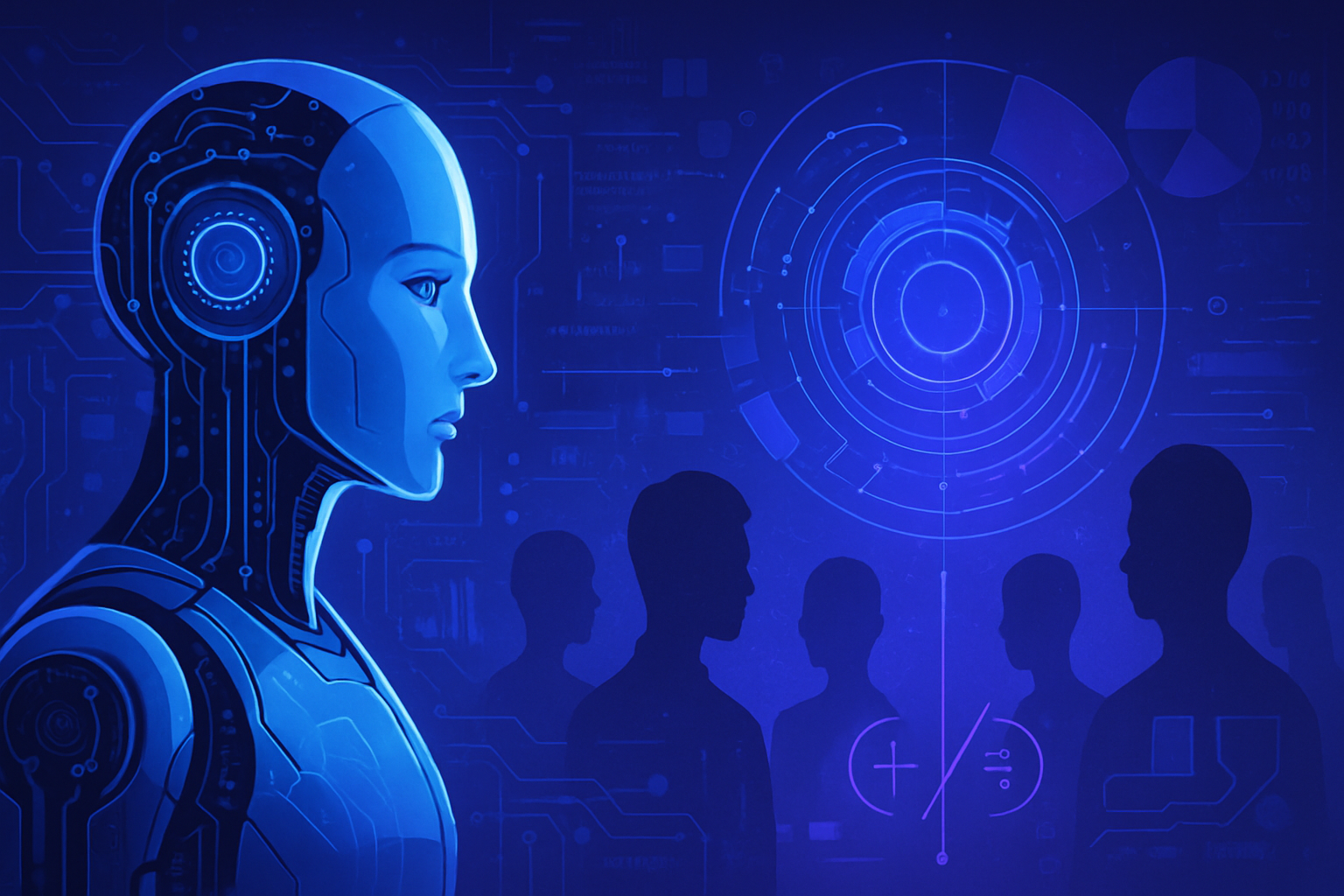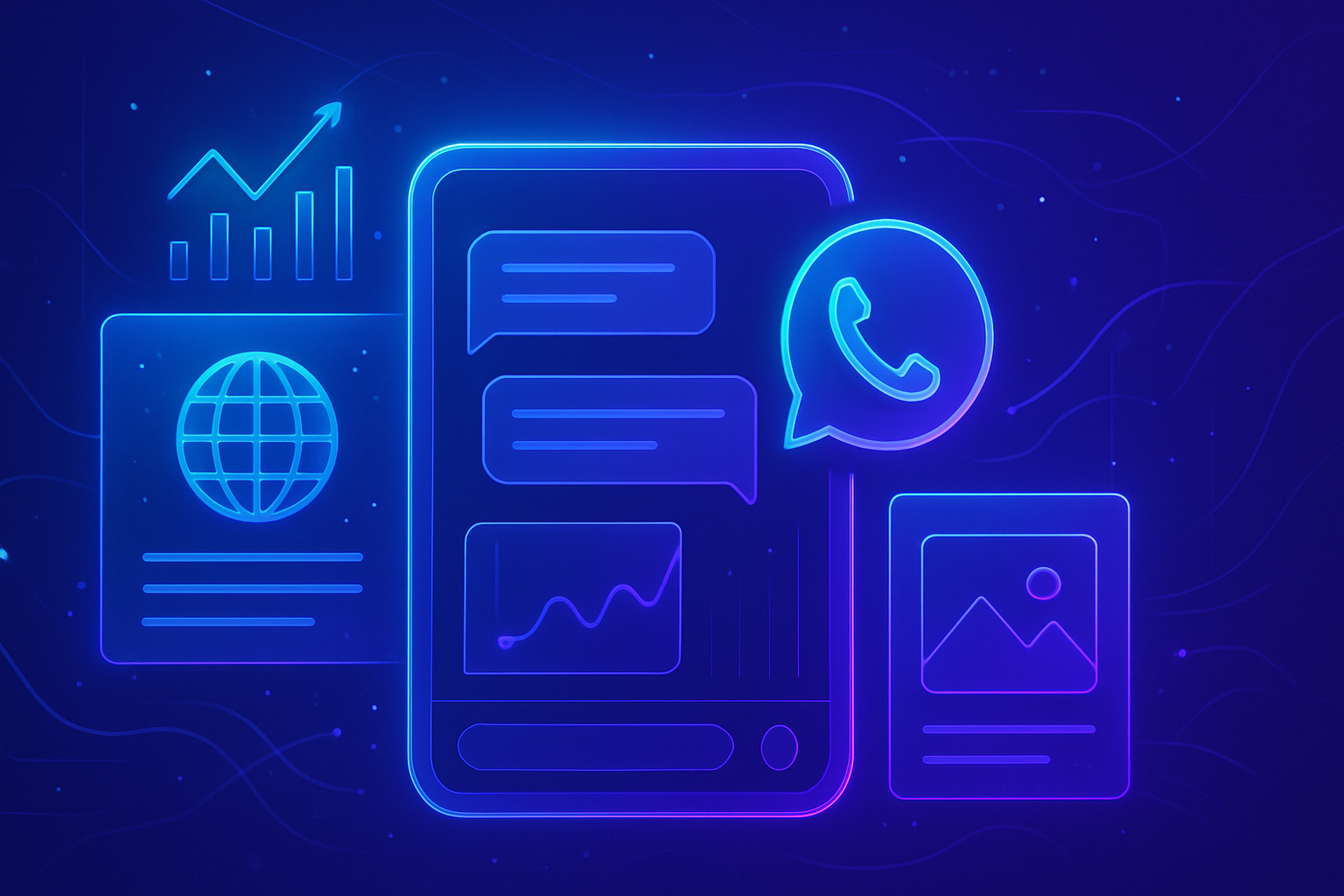Deceptive AI-generated videos are proliferating on the YouTube platform, *pushing falsehood to its peak* in the Diddy trial. This media phenomenon highlights the abusive use of advanced technologies to manipulate public opinion and attract millions of views. An insidious mix of sensationalist content and false allegations *reshapes the informational landscape*, turning celebrities into easy targets for fabricated narratives. Various channels exploit public fascination while capitalizing on the viral immediacy of these misleading stories.
An expanding misinformation
YouTube channels skillfully exploit AI-generated videos to multiply content about the media trial of Sean “Diddy” Combs. These videos, which feature false allegations, attract tens of millions of views. These channels operate on an efficient model where each video links a celebrity to equally fabricated accusations, using visuals created by artificial intelligence.
The mechanics of false allegations
The involved channels, numbering twenty-six, display titles and thumbnails designed to shock. Phrases like “Diddy abused Bieber” or “She sold him to Diddy” dominate the thumbnails. These visual elements are often bold and eye-catching, featuring celebrities on the witness stand interacting with Diddy.
A search for profitability
Capturing public attention translates into considerable financial gains. According to gathered data, these channels generated nearly 70 million views from 900 videos in a year, demonstrating how lucrative the phenomenon is. Some content creators, like Wanner Aarts, testify to the feasibility of generating substantial revenue. Aarts admits that a channel dedicated to Diddy can earn much more than other more conventional projects.
Risky content
The Diddy-centered strategy is not without danger. As these videos accumulate views, the likelihood of sanctions from YouTube increases. Some channels have already been demonetized or removed, notably for violating platform rules regarding spam and misinformation. The persistence of these practices, despite warnings, raises questions about the sustainability of these channels.
Greedy use of AI
These videos rely on automation techniques at scale. With tools like ChatGPT for script writing, AI image generators like Midjourney, and narration services, production becomes fast and cost-effective. This model allows low-budget individuals to venture into a lucrative business on YouTube, reflecting an almost automated content creation process.
A global trend
This dynamic is not limited to English. Channels in other languages, such as Spanish and French, have also engaged in this race for virality. French videos, such as those from StarBuzzFR, use fictitious allegations around celebrities to increase their visibility on the platform.
The spiral of malicious content creation highlights the explosion of ramifications that AI can entail in the digital realm. The issue of fake news is brought to light as channels continue to manipulate facts to profit from the increased media attention surrounding Diddy.
Urgency of regulation
The absence of strict rules regarding the use of artificial intelligence to create deceptive content poses major ethical challenges. Publications such as France 24 and Emmanuel Macron report similar challenges related to AI regulation that deeply affect how information is disseminated.
Frequently Asked Questions about the success of deceptive AI-generated videos regarding the Diddy trial on YouTube
Why do AI-generated videos about the Diddy trial attract so many views?
These videos use catchy titles and sensational thumbnails that ride the news wave, attracting a wide audience eager to follow the latest celebrity news.
What type of content is generally presented in these videos?
The videos often present false allegations linking celebrities to Diddy, such as accusations of inappropriate behavior, all accompanied by AI-generated images and fake quotes.
How do these channels manage to monetize this deceptive content?
Many channels use clickbait techniques to generate views, allowing them to qualify for monetization through ads, even though this carries a high risk of being demonetized later.
What are the consequences for content creators generating false information?
Channels can be removed or demonetized by YouTube for violating platform policies due to spreading deceptive content or copyright infringement.
Are there ways to verify the accuracy of the information presented in these videos?
It is essential to cross-reference information with reliable sources, such as reputable media or official announcements, and to avoid relying solely on sensational videos.
What is the importance of regulation concerning AI-generated content and false allegations?
Strict regulation is necessary to limit the spread of false information, protect victims of defamation, and maintain the integrity of social media platforms.
How do celebrities, like Diddy, react to these deceptive videos?
Celebrities may take legal action against content creators for defamation, due to the harmful nature of these videos which can damage their reputation.
Do these videos have an impact on public opinion and perception of celebrities?
Yes, deceptive videos can influence public opinion, create stereotypes, and harm the reputations of celebrities by disseminating unverified information.
